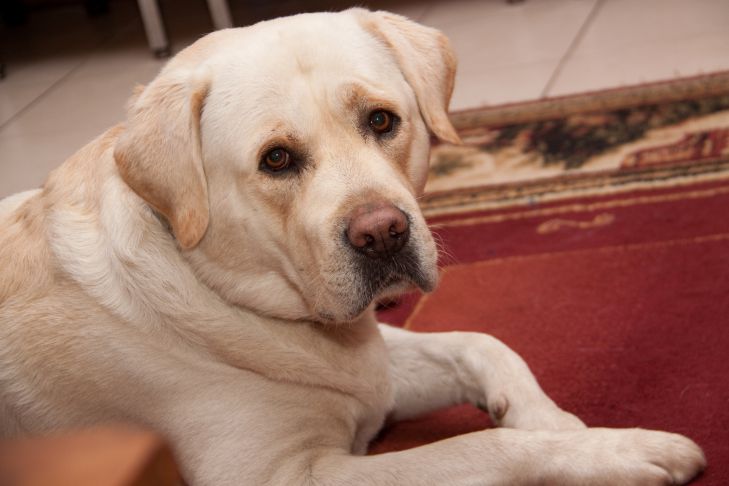Do you want to know if your dog considers you the leader or tolerates you because of food?
You can get an answer within five minutes.
Try an experiment: go into a room where there are dog toys and sit on the floor.

If your pet immediately runs up and puts its head on your lap, it sees you as a leader.
If he starts putting his paws on your shoulders or "hugging", this is an attempt to dominate. But there is a nuance: small dogs often show love this way, and large ones test boundaries.
The second step is yawning. It is believed that dogs yawn because they are tired, but it is also a sign of stress. If you approach your pet and he yawns and turns away, he may not be thrilled with your company.
But if the yawn is "contagious" (you yawned, and the dog did the same), it's a signal of trust. This is how animals synchronize with those they consider part of the pack.
The third indicator is the eyes. Slow blinking is the dog equivalent of a kiss. If you catch him looking at you like this, your pet is saying, “I like you.”
But a steady gaze without blinking is a challenge. If a dog turns away when you try to catch its eyes, it is not rudeness, but a sign of respect. In its world, a direct gaze is a threat.
The final test is the reaction to your movements. Stand up abruptly and take a step forward. If the dog steps aside, giving you space, he recognizes your authority. If he freezes, waits for a command or follows you, you are the boss.
But growling or trying to block your path is an alarm bell. Perhaps the dog thinks that it is the one who decides where you go.
The secret is to watch the little things. For example, how a dog eats: if it moves away from the bowl when it sees you, it is not generosity, but fear that you will take away the food.
And if he brings you a toy when you're sad, he doesn't just want to play. That's how dogs show empathy: "I see that you're feeling bad, let's take our minds off it."
The main thing is to remember that their thoughts are always written on their faces. You just need to learn to read them.
